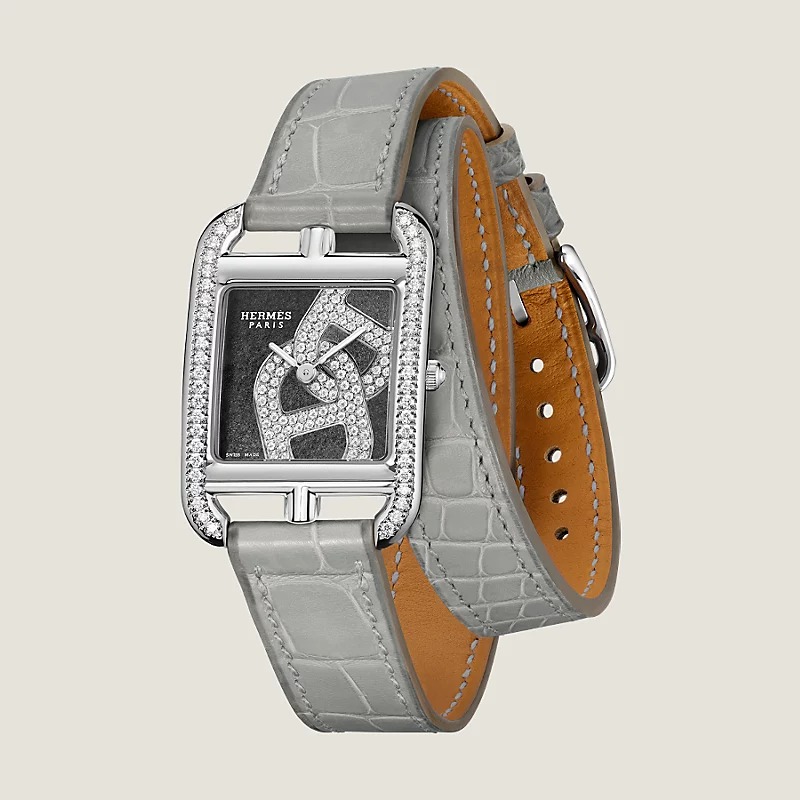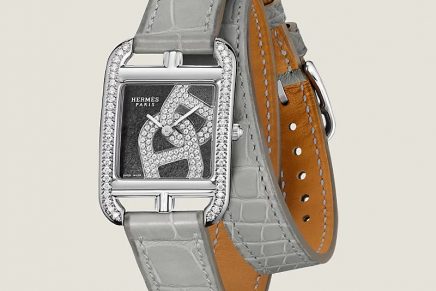Hermès Is Defying the Luxury Slump with Classic Resilience — and Just a Glitch in Watches.
While much of the luxury world seems to be catching a chill, Hermès stands as the exception, radiating steady growth as it resists the industry slowdown. Its latest financial results reveal a brand that isn’t just immune to the “luxury slump” but seems to be thriving in spite of it.
Hermès reported a remarkable €11.2 billion ($12.1 billion) in revenues for the first nine months of 2024, representing a 14% increase from the same period last year. Third-quarter sales climbed to €3.7 billion ($4 billion), a 10% bump from Q3 2023, a performance that has overshadowed peers like LVMH, which posted only modest growth, and Kering, which suffered a 15% year-on-year decline.
Amid a sea of luxury brands attempting to stabilize themselves in a post-pandemic world, Hermès has managed to outpace its rivals, showing that it’s more than just a brand—it’s an institution. Despite challenges in the Chinese market, which has tripped up other luxury houses, Hermès recorded 7% growth in Asia (excluding Japan), demonstrating the brand’s enduring appeal.
But, even Hermès has a soft spot: the watch sector, which saw a 6% drop in sales. This stumble has been attributed partly to an annual watch event in China being rescheduled from September to November, as well as a slowdown in Swiss exports, according to Carole Dupont-Pietri, Head of Investor Relations. This may be a temporary blip, but it reflects an industry-wide decline in watches as the category competes with smartwatches and shifting consumer interests.
Playing the Long Game in a Rapidly Shifting Market
The resilience of Hermès isn’t surprising to those familiar with its history and philosophy. Hermès has crafted its business model around scarcity, quality, and legacy, elements that stand in stark contrast to the fast-paced, trend-focused strategies of other luxury brands. As Martin Roll, a senior advisor and global business strategist, notes, Hermès measures success through a long-term lens rather than the “next big thing.”
By not chasing trends or capitalizing on the seasonality of fashion, Hermès has created a timeless brand that functions more as an investment than a seasonal statement. “You don’t buy a Hermès scarf for the season. You buy it because it’s an enduring asset,” Roll observed. This approach reflects a key principle of luxury that Hermès has mastered—sacrificing short-term growth for sustained, lasting appeal.
And while Hermès has its eyes set firmly on the horizon, it does so with a stable ownership model that others lack. As a family-owned business, Hermès benefits from leadership continuity and a focus that’s unencumbered by quarterly targets or shareholder pressure. By contrast, brands within luxury conglomerates like LVMH must juggle both internal competition and external expectations, leading to more risk-taking with products and partnerships.
Hermès’ Singular Approach: A Case Study in Brand Control
As other luxury brands dive into celebrity collaborations, sponsorships, and cross-industry partnerships to lure younger buyers, Hermès has chosen to remain in its own lane. The brand’s emphasis on exclusivity, coupled with its focus on craftsmanship, gives it a level of control and differentiation that’s hard to replicate.
This strategy—“slow luxury,” if you will—has proven to be not only sustainable but a competitive advantage. Instead of racing to align with every new trend or cultural movement, Hermès stands as a constant, exuding a quiet confidence in its heritage and craftsmanship. Its approach to retail, driven by a bottom-up ordering model where individual stores determine demand, ensures both authenticity and exclusivity in each location. This further insulates the brand from market volatility.
A Hiccup in Watches, but Watches Aren’t the Whole Story
The only dark cloud in Hermès’ otherwise bright Q3 results is the 6% drop in its watch segment. It’s the lone department that didn’t match the brand’s stellar performance, showing that even Hermès is not entirely immune to industry trends. Some of this dip may be attributed to structural factors, like the postponed “Crafting Time” event in China and a general decline in Swiss watch exports.
Yet, despite this slip, watches are far from Hermès’ main revenue driver. The brand’s leather goods, ready-to-wear, and jewelry sectors all reported growth, with jewelry up by 13.6% year-over-year. In a diversified portfolio, the occasional decline in a niche segment like watches can be seen as an opportunity to reassess and realign rather than a major setback.





